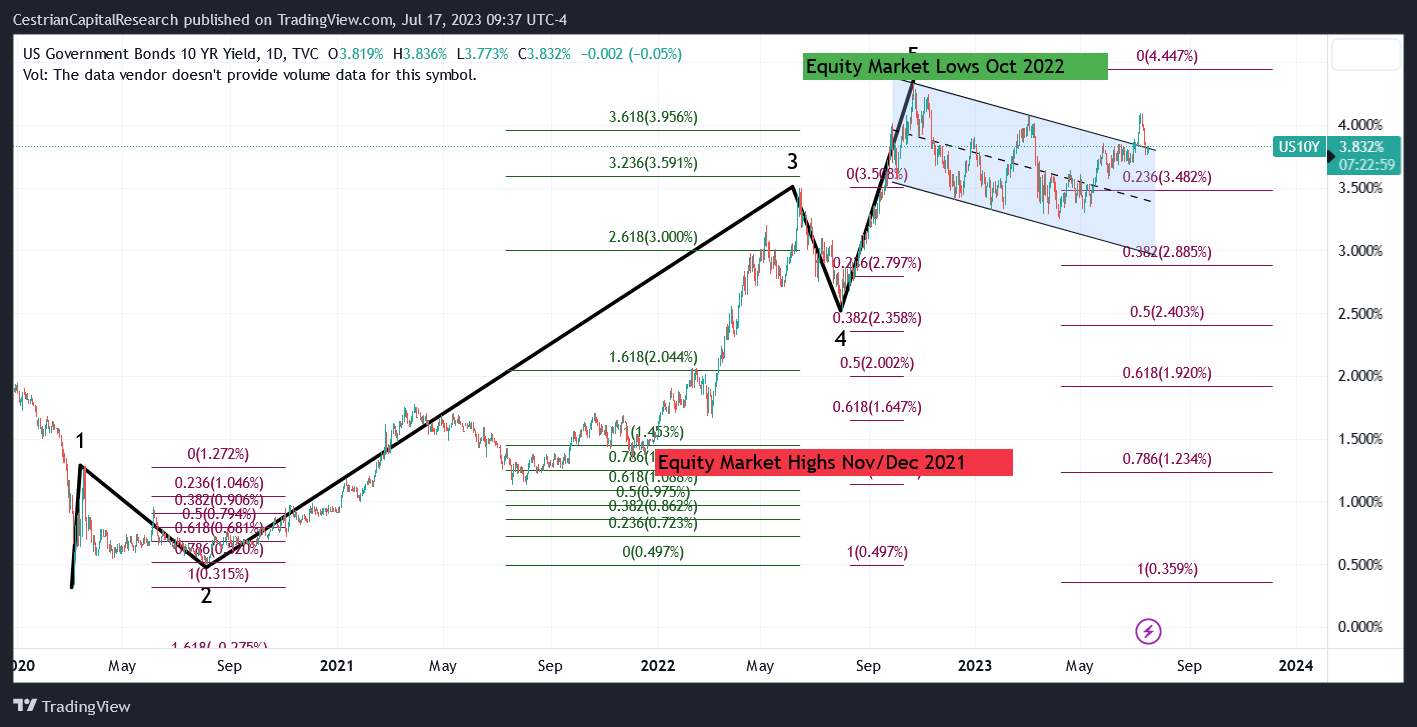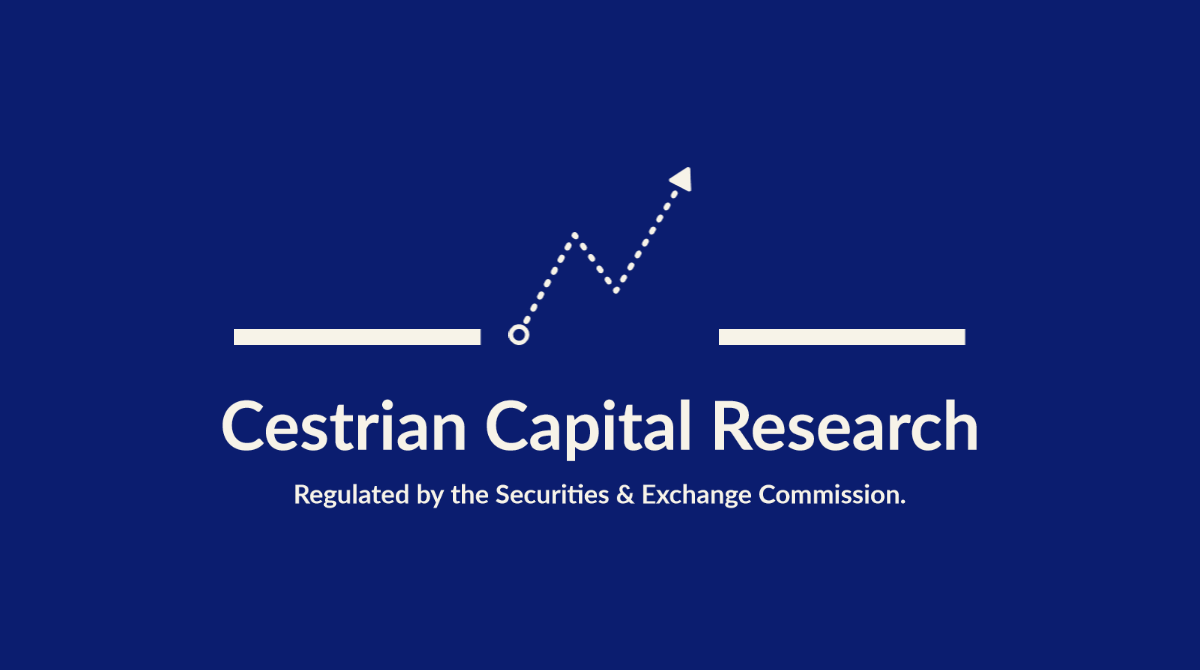MUST READ - Market On Open - Wednesday 19 July
Opex Approacheth
DISCLAIMER: This note is intended for US recipients only and, in particular, is not directed at, nor intended to be relied upon by any UK recipients. Any information or analysis in this note is not an offer to sell or the solicitation of an offer to buy any securities. Nothing in this note is intended to be investment advice and nor should it be relied upon to make investment decisions. Cestrian Capital Research, Inc., its employees, agents or affiliates, including the author of this note, or related persons, may have a position in any stocks, security, or financial instrument referenced in this note. Any opinions, analyses, or probabilities expressed in this note are those of the author as of the note's date of publication and are subject to change without notice. Companies referenced in this note or their employees or affiliates may be customers of Cestrian Capital Research, Inc. Cestrian Capital Research, Inc. values both its independence and transparency and does not believe that this presents a material potential conflict of interest or impacts the content of its research or publications.
One Is Definitely The Tail And One Is Definitely The Dog. Probably.
If the impact of options expiry ("opex") dates on the equities market is new to you, it's a topic worth spending time on. We'll do so in this service at some point but for now we will just remind you that on Friday
Every year the CBOE publishes its options calendar and it's worth having nearby to take the temperature of equity markets in the context of the options cycle. You can find it at this link and below.

This coming Friday, 21 July, is the monthly expiry date for equity, equity index, ETF and ETN options. This means that all the big stocks and ETFs - your MSFTs, QQQs, SPYs and so forth - are right now subject to significant forces exerted by the options market. Reality is a little more complex than this, but you can think schematically in the following way:
- If as opex approaches, investors have been bullish, they will likely own a lot of call options expiring soon. In our own lingo here we refer to this situation as call-heavy opex dates. It would mean that market-makers or 'dealers' have sold a lot of calls, which puts their balance sheets short the market in question. The business of dealers is to deal, and make money on the bid-ask spread, not to make money on directional bets. In order to do that - not make directional bets - they have to hedge. If they have sold a lot of calls, and therefore are short the market, they have to hedge by buying long positions - be it through equities, futures or other methods. In this way, investors going call-heavy drags the equities market up ie. the bet on calls is in some way self-fulfilling because not only is the options market sentiment reported (investors buying calls signals bullish), but the dealers themselves are backing that up with further buying of the underlying or derivative instruments.
- On the opex date itself, a large number of options will expire ie. be worthless to holders unless traded or exercised beforehand. In-the-money options will be sold to short-dated option traders (the famous "0DTE trade") or exercised for delivery of the underlying. Out-of-the-money options may still be traded to recoup small sums for the holder. As expiry hits, dealers need to unwind their hedges, because the thing they are hedging no longer exists. If hedges are predominantly long, per the example above, dealers will sell the underlying in order to get their balance sheets back to neutral (you will see this referred to as 'delta neutral'). So there will be selling pressure in those markets.
- The converse is true. If investors have been put-heavy going into expiry, unwinding the dealer hedge will put buying pressure into those markets, because the dealers have sold puts (= bullish), hedged by going short the underlying (= bearish), at expiry those bearish hedges have to be unwound = buying pressure in those markets.
Opex doesn't always have a predictable or directly measurable impact on the underlying markets, but sometimes it does, and starkly so. You can often see the effect in the V-shaped bottoms around majorly negative periods in the market - Q1 2009 for instance, Q1 2020, and Q3 2022 reversals were likely influenced by opex.
Right now it is safe to assume a lot of call activity going in to week end, and therefore that dealers have a lot of long hedges (they have sold calls = bearish so have to hedge long = bullish) to unwind as the week completes and into early next week. If sufficiently material, this can drive a short-term downward correction to major equity indices and the big stocks. (And a knock-on effect in sentiment to smaller stocks).
From experience it is difficult to be certain of the above but it is wise to prepare. As opex approaches, if the market has been very strong in one direction or another, whether bullish or bearish, it is probably sensible to not make very big bets in the same direction as the recent trend, because it is possible that a reversal (up or down, depending on the pre opex trend) is about to hit. Not definite. But hedging around major opex dates can make sense.
Right now in staff accounts we aren't making any big new bets long or short. We're positioned very long in equities to benefit from what we expect to be a sustained bull run; we have short positioning in the Dow, the S&P500 and the Russell 2000 indices (via long SDOW, SPXU and TZA respectively) to try to catch any short-term selloff, and we're hedged in the Nasdaq (via TQQQ long and SQQQ short) with large gains on the long side and sizeable paper losses on the short side which - as much published here - we've mitigated already by overhedging long with TNA and UDOW and cashing those gains as we went.
So now we wait for opex. Sometimes it's a damp squib, sometimes it's a firecracker. We'll know by Monday or Tuesday next week.
And with that? Onto our usual analysis.
After the equity market lows were struck in October last year, the 10-year has declined in the parallel channel you see below, whilst equities rose. That's a fairly conventional medium-term relationship between the two. Then from early April to mid-July we see a sustained climb in the yield to early July, before a sharp drop.

It is a little challenging to our old and tired eyes at least as to what to make of this. But sitting back and thinking about it (thinking - not snoozing at the desk - definitely thinking), we wonder if this is what's afoot.
